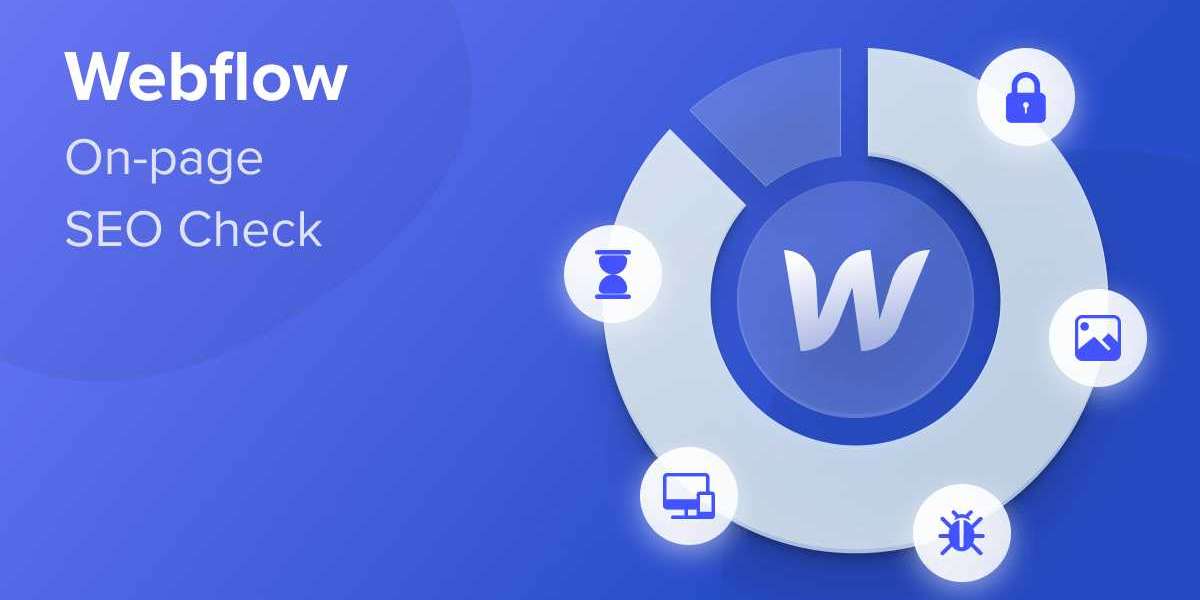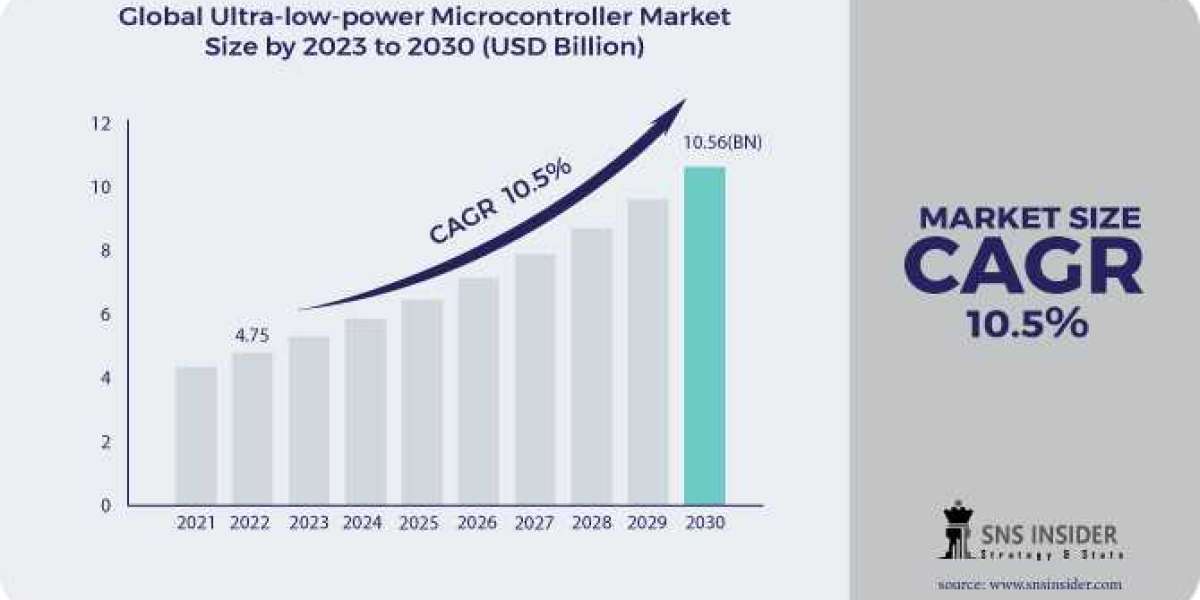Group Reporting Data Collection (GRDC) is an advanced, cloud-based tool integrated with SAP S/4HANA Group Reporting, designed to streamline the process of capturing both financial and non-financial data. This powerful tool is particularly useful for companies leveraging SAP S/4HANA ERP, as it facilitates the collection of additional financial and non-financial data required for reporting, consolidation, and disclosure purposes from various departments or teams.
One of the core components of GRDC is GRDC Forms, which allows users to create and manage forms tailored for gathering non-financial data. This functionality is crucial for organizations that need to collect diverse types of data, including sustainability metrics, customer and employee satisfaction scores, and other performance indicators. GRDC Forms empower users to design forms specific to their needs, share them with relevant stakeholders, and collect the required data seamlessly.
For organizations using SAP S/4HANA ERP, GRDC provides a sophisticated solution for collecting supplementary data beyond the standard financial reporting. This capability ensures that businesses can gather comprehensive data across different functions and regions, integrating it into their overall reporting framework. Additionally, companies not using SAP S/4HANA ERP can still benefit from GRDC by utilizing it to collect and manage reported or unconsolidated data, making it a versatile tool for various reporting needs.
To capture non-financial data using GRDC Forms, users can start by creating a form specifically designed for the type of data they need. For instance, a manufacturing company might use GRDC to collect data on greenhouse gas emissions and water consumption, which can then be used to generate detailed sustainability reports. Similarly, a retail company could use GRDC to gather customer and employee satisfaction data to enhance its customer service and employee engagement strategies. In the financial services sector, GRDC can be employed to collect data on risk profiles, aiding in more informed risk management decisions.
The reasons for capturing non-financial data are manifold. Companies may need to comply with regulatory requirements, improve transparency with stakeholders, or enhance their accountability for social and environmental impacts. Additionally, non-financial data helps organizations make better decisions regarding resource allocation, strategic planning, and risk management.
GRDC’s design allows for the management of various data collection scenarios. Users can define and manage these scenarios within the system, setting the context for their data collection efforts. Forms and reports can be customized to collect specific types of data, whether financial or non-financial. This flexibility ensures that the system can adapt to different reporting requirements and business needs.
To utilize GRDC effectively, users follow a series of steps within the SAP S/4HANA environment. They start by managing forms and creating folders to organize their data collection activities. Next, they manage packages by creating them and defining general information, which includes setting up data entry steps. Forms are then created within these packages, allowing users to input and save data manually.
In practical terms, users can view and interact with their forms through the Enter Package Data app. They select the relevant package, open the desired form, and manually enter the required data. This data entry process is designed to be user-friendly, facilitating efficient data collection and management.
Overall, SAP S/4HANA’s Group Reporting Data Collection (GRDC) offers a robust solution for capturing and managing both financial and non-financial data. By leveraging GRDC Forms, organizations can enhance their reporting capabilities, gain valuable insights, and ensure a comprehensive approach to data collection and analysis. This tool plays a critical role in helping businesses adapt to evolving reporting requirements and make informed decisions based on a complete data set.














